LITTLE ROCK — Hunters may be consumed with questions of when the ducks will arrive; avid birders know there’s more to migration than mallards. Songbirds, wading birds and a variety of other species constantly flow through The Natural State; many make their fall travel plans well before the temperature clues us humans into the changing seasons.
About two thirds of bird species in the United States migrate. Some meander a short distance to a more southerly climate or simply change altitudes on a mountainside, while others journey hundreds or thousands of miles.
By Kirsten Bartlow
AGFC Watchable Wildlife Program Coordinator
Why Fly?
Migration can be perilous – storms, predators, lack of habitat and collisions with obstacles. Birds aren’t on sightseeing excursions; they take on these risks when critical resources are in short supply. In the spring, this translates to nesting locations. The tropics are lovely over the winter, but many birds wing their way north to Arkansas and other locales in North America where there’s room to spread out and raise young along with fewer nest predators.
On the flip side, birds’ motivation for fall migration revolves mainly around food, or lack thereof. Species with petite beaks designed to capture insects or feed on nectar and fruits – vireos, flycatchers, tanagers, hummingbirds, orioles, swallows, and most warblers – fuel up and fly south from Arkansas before their main food sources become scarce.
For those feeling a bit blue about the end of summer and the departure of some of the state’s most colorful feathered creatures, take heart. The Natural State hosts an influx of birds, especially from more northern climates, that find our woods, wetlands, fields and prairies a wonderful winter stopover – waterfowl, eagles, gulls, sparrows, kinglets and wrens to name a few.
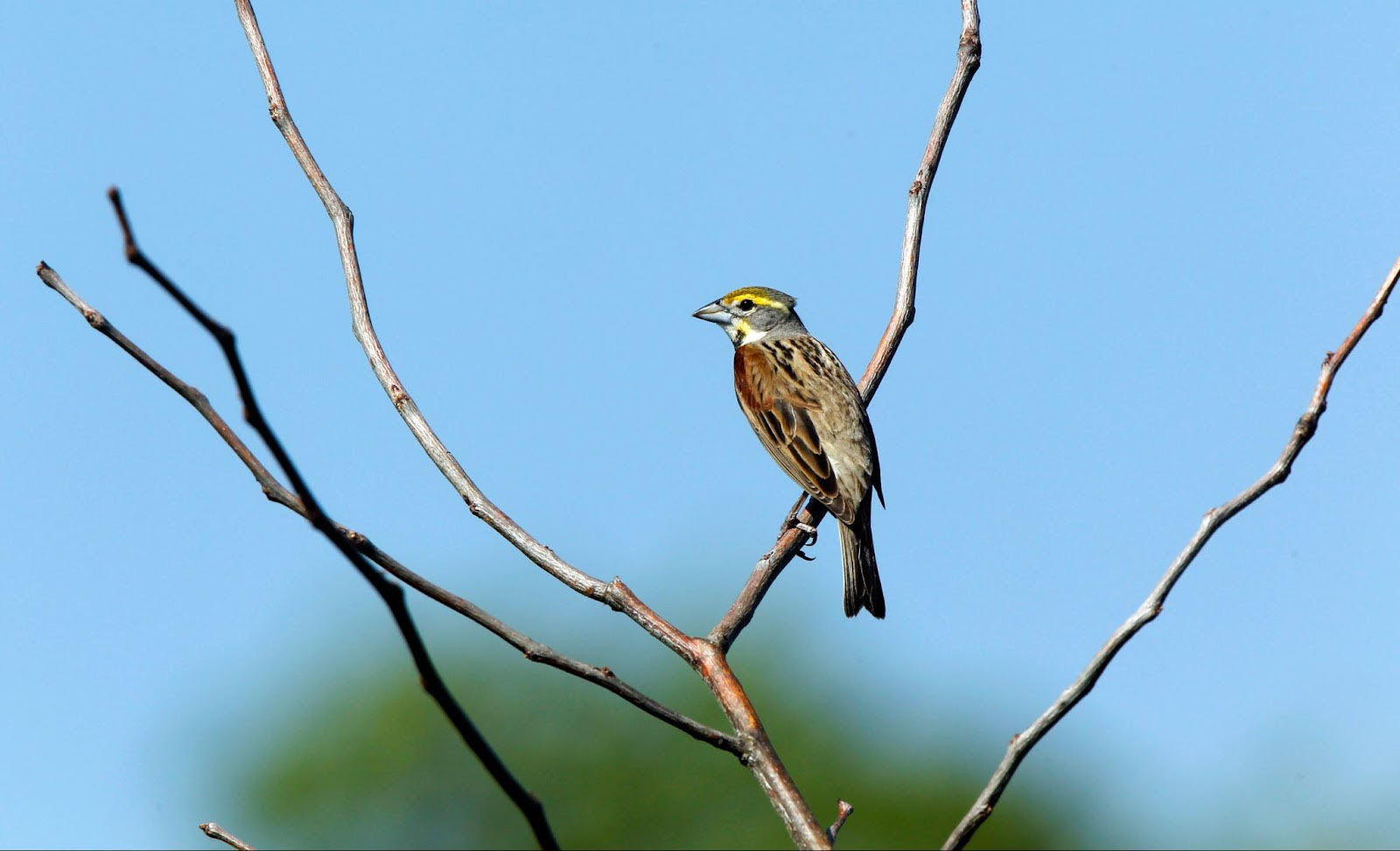
Which Way?
North American birds travel along four major superhighways in the sky during migration. These routes run along rivers, coastlines and mountains. Millions of birds traverse the Mississippi Flyway through Arkansas, which stretches 2,300 miles and spans 1.5 million square miles along North America’s greatest waterway.
In a world where we rely heavily on smartphones and other electronic gadgets to find our way, birds have us beat on navigation skills. These small, feathered creatures navigate so well that some may travel thousands of miles, through varied terrain and extreme weather, and are able to return to the same place where they were hatched.
People have puzzled over the coming and going of birds for centuries. Thanks to more widespread and updated field studies, such as bird banding and satellite tracking, we’re better informed on the complex methodology of migration.
Join the Flock
More than 400 bird species may be seen in Arkansas throughout the seasons. Learning when they are coming and going can be overwhelming for a novice birder.
Bird nerds – both amateur and professional – flock to the Cornell Lab of Ornithology’s eBird website. Bird sightings, logged by citizen scientists from around the world, are distilled into data that is both useful for science and is enthralling for birders. Visit eBird.org/explore and check out the Bar Charts tab. Choose a region, such as Arkansas, and drill down even further to the county level to explore birds residing in your neck of the woods by month.
For those seeking more information on the spectacle of migration, Cornell and partners host BirdCast where scientists harness radar to analyze real-time bird migration traffic. Billions of birds migrate through the U.S. each spring and fall and amazingly, most fly during the night. Sign up for live and local bird migration alerts.
Here’s a sample of what’s coming and going in Arkansas:
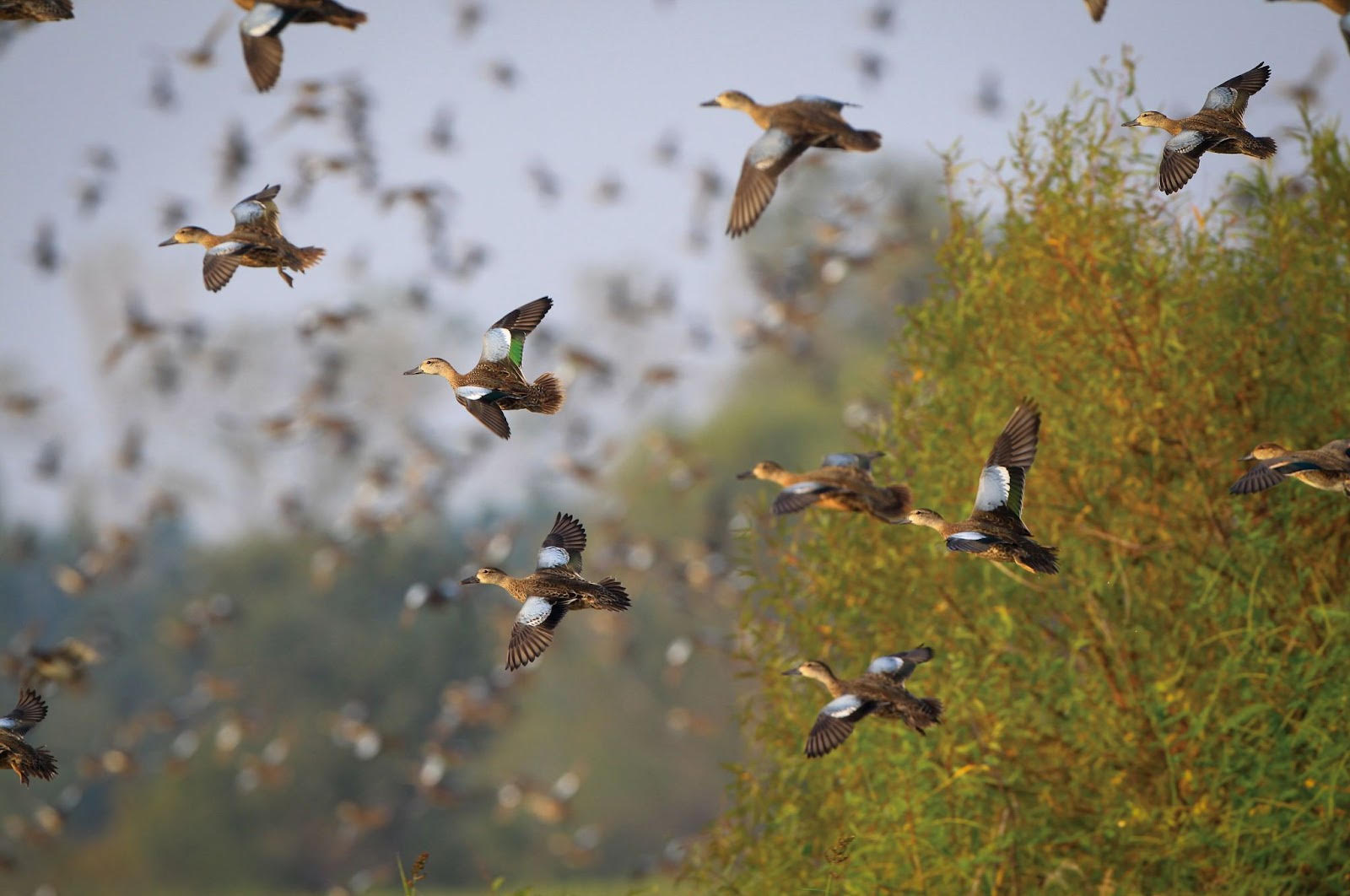
Blue-winged Teal
Blue-winged teal, tiny dabbling ducks, leave the starting blocks well before other fall migrants. Watch for small, fast-flying flocks twisting and turning in unison as they wing their way through Arkansas July through November en route to South America for winter.
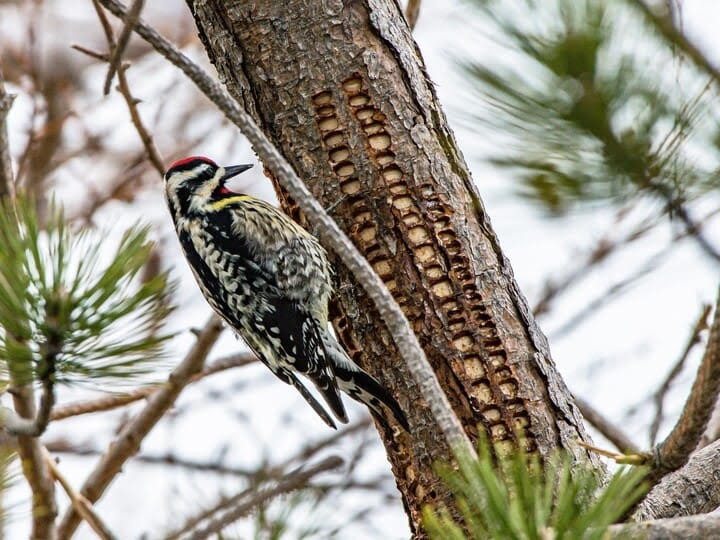
Yellow-bellied Sapsucker
The yellow-bellied sapsucker – the only completely migratory woodpecker in eastern North America – winters in Arkansas. Watch for neat rows of shallow holes in tree bark – the industrious woodpecker laps up oozing sap and trapped insects with its Velcro-like tongue.
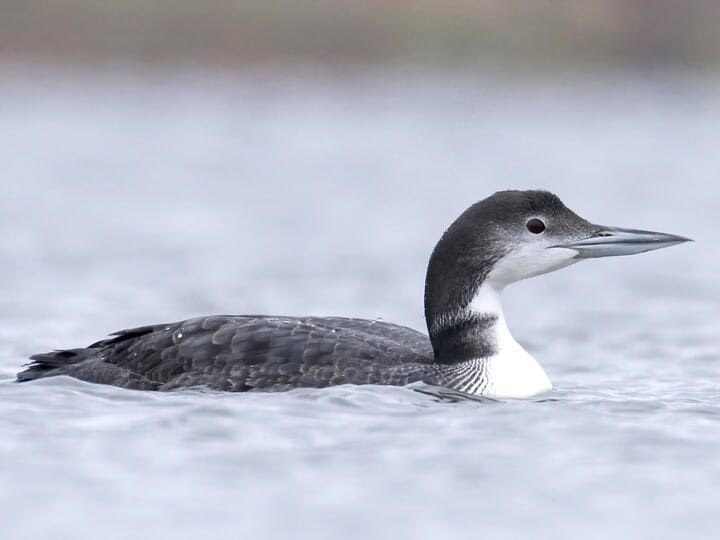
Common Loon
Common loons are famous for their hauntingly beautiful calls. Loons enjoy Arkansas’s large, clear reservoirs during winter. Although less vocal during the nonbreeding season, a loon will occasionally emit its yodeling call. Watch for their sleek bodies with subdued winter plumage – plain gray above and white below – sitting low in the water.
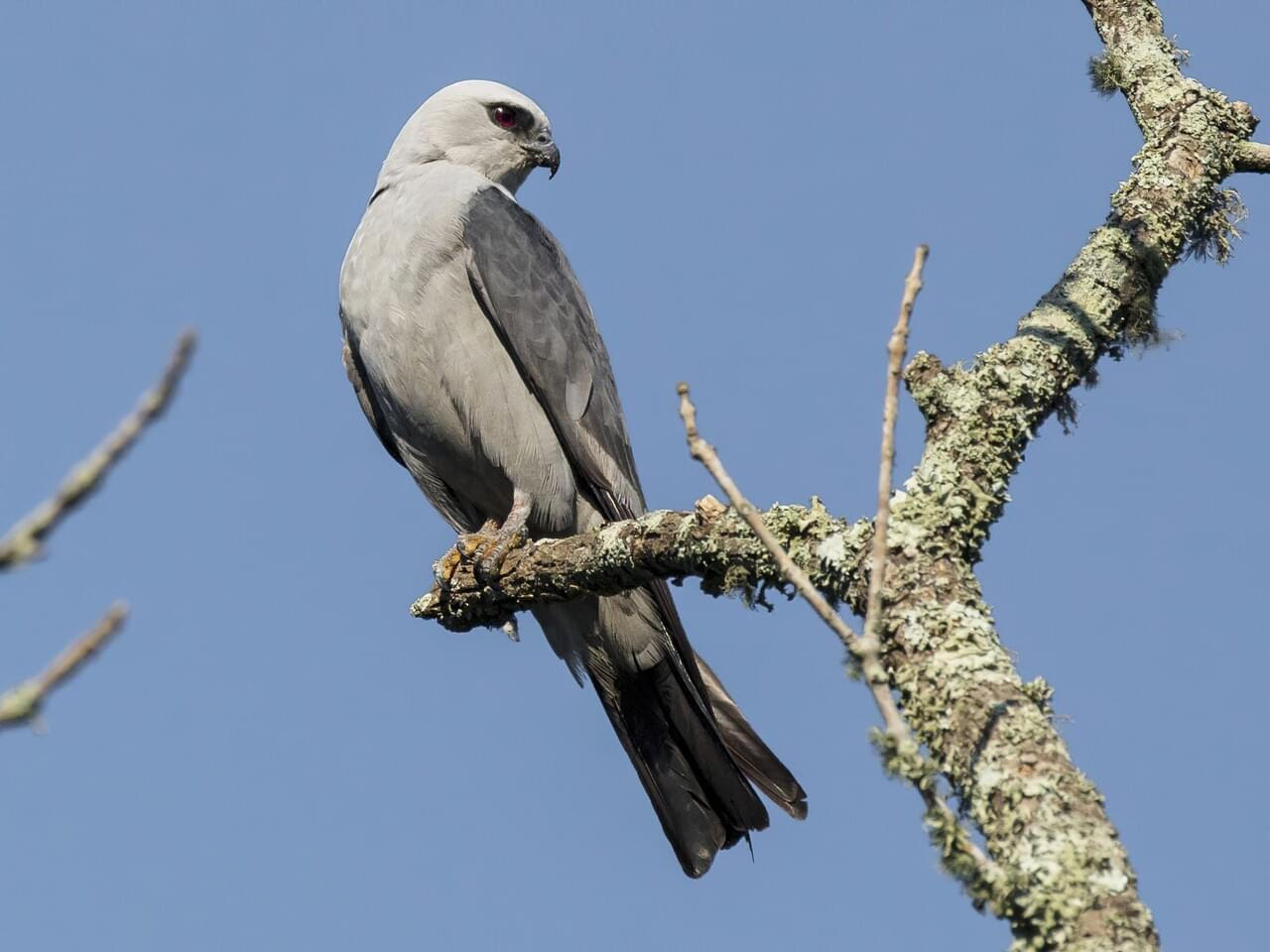
Mississippi Kite
The crow-sized Mississippi kite thrives in Arkansas’s wooded river bottoms to suburban neighborhoods during the breeding season. They careen through summer skies on a quest to capture insect prey, especially dragonflies. After raising their chicks, these streamlined raptors fly to South America for winter.
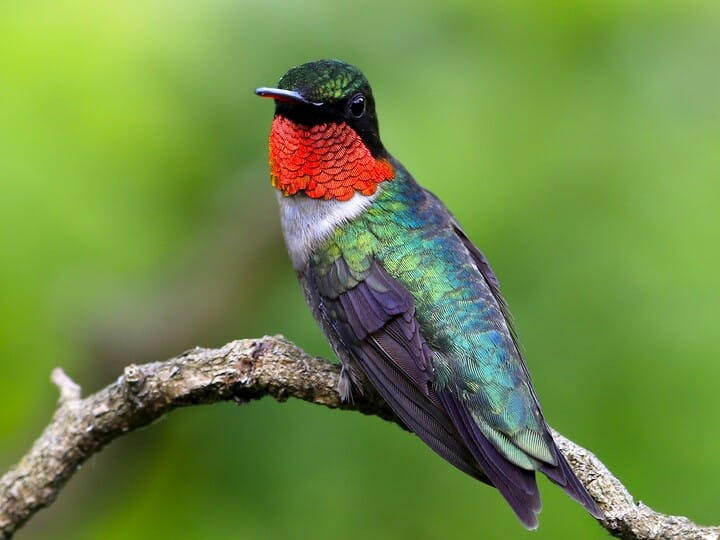
Ruby-throated Hummingbird
The brilliant red and green flash of the ruby-throated hummingbird delights us at backyard feeders and flowers, spring to fall. Hummers fatten up on nectar and insects before flying nonstop over the Gulf of Mexico on their journey to wintering grounds in Central America.
Keep a List
Many bird watchers enjoy keeping a list of all the birds they have identified. It can be a thrill to see a species for the first time and add it to your life list.
A great way to start is with a yard list, adding every species of bird that visits your property. Check out AGFC’s miniature field guide, Arkansas Backyard Birds, to help identify some of the state’s common species. Migratory birds are exciting to spot, but don’t forget the homebodies that find Arkansas to their liking throughout the seasons: northern cardinals, blue jays, tufted titmice, Carolina chickadees, downy woodpeckers and white-breasted nuthatches brighten our landscape year round.
Keep track of your list through Wings Over Arkansas, AGFC’s award-based program recognizing bird watchers’ contributions to Arkansas’s outdoors. Start a checklist of birds you’ve seen and receive a decorative pin and certificate identifying your level of birding experience.






